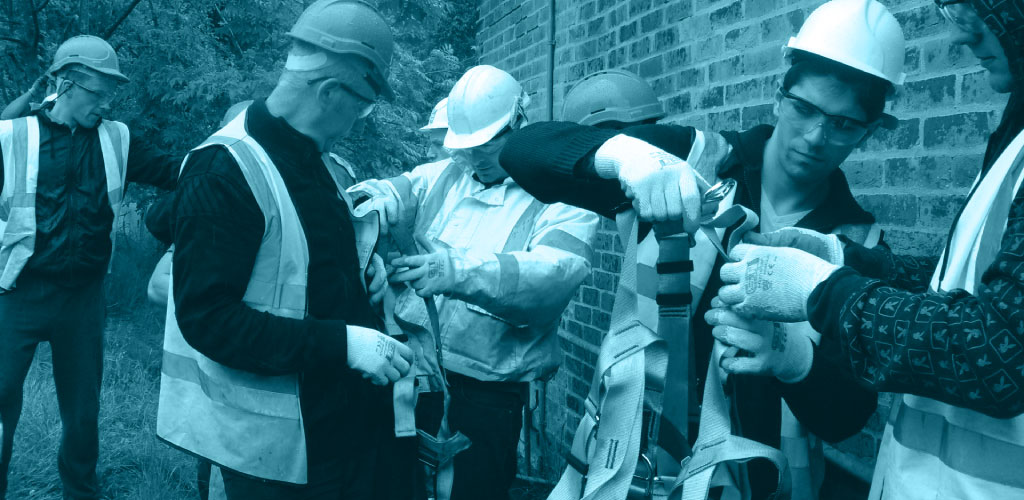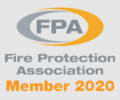The Construction (Design & Management) Regulations are the main set of regulations for managing the health, safety and welfare of construction projects
The new Construction (Design and Management) Regulations 2015 (CDM Regs) come into force on 6 April 2015 and apply to all building and construction projects, regardless of the size, duration and nature of the work.
The main changes, outlined in general by the Health & Safety Executive, are as follows:
Principal Designer. The CDM co-ordinator (under CDM 2007) has been replaced by the principal designer. This means that the responsibility for coordination of Health & safety during the pre-construction phase – which is crucial to the management of any successful construction project – will rest with an existing member of the design team.
Client. The new Regulations recognise the influence and importance of the client as the head of the supply chain and as the party best placed to set standards throughout a project.
Competence. ‘Competence’ has been split into its component parts of skills, knowledge, training and experience, and – if they are an organisation – organisational capability, provides clarity for the industry to assess and demonstrate that construction project teams have the right attributes to deliver a healthy and safe project.
How does this affect construction companies and Contractors?
Construction companies will have to comply with the revised CDM Regs from Monday 6 April 2015.
Employers will need to provide information, instruction, training and supervision, with workers having their training needs assessed against the needs of the job and employers have to meet the gap in skills and knowledge through appropriate training.
Written construction phase plans will be required for all construction projects (including domestic client work) and a principal designer and principal contractor appointed when there is more than one contractor on a project.
What does it mean for domestic clients – homeowners?
For the first time, the new CDM Regs will apply to domestic client projects, although client duties will normally be transferred to the contractor or principal contractor, or if the client wishes to make a specific appointment, the designer.
All building and renovation work shown in property development programmes will be covered by the revised CDM Regs.
Main Transitional Arrangements
When CDM 2015 comes into force on 6 April 2015, there will be a transitional period that will run for six months from 6 April 2015 to 6 October 2015.
For projects starting before 6 April 2015, where the construction phase has not yet started and the client has not yet appointed a CDM co-ordinator, the client must appoint a principal designer as soon as it is practicable.
If the CDM co-ordinator has already been appointed, a principal designer must be appointed to replace the CDM co-ordinator by 6 October 2015, unless the project comes to an end before then.
In the period it takes to appoint the principal designer, the appointed CDM co-ordinator should comply with the duties contained in Schedule 4 to the new CDM 2015 Regulations. These duties reflect the existing requirements under CDM 2007 for the CDM co-ordinator rather than requiring CDM co-ordinators to act as principal designers, a role for which they may not be equipped.
For more information please click the below link
http://www.hse.gov.uk/pubns/books/l153.htm












